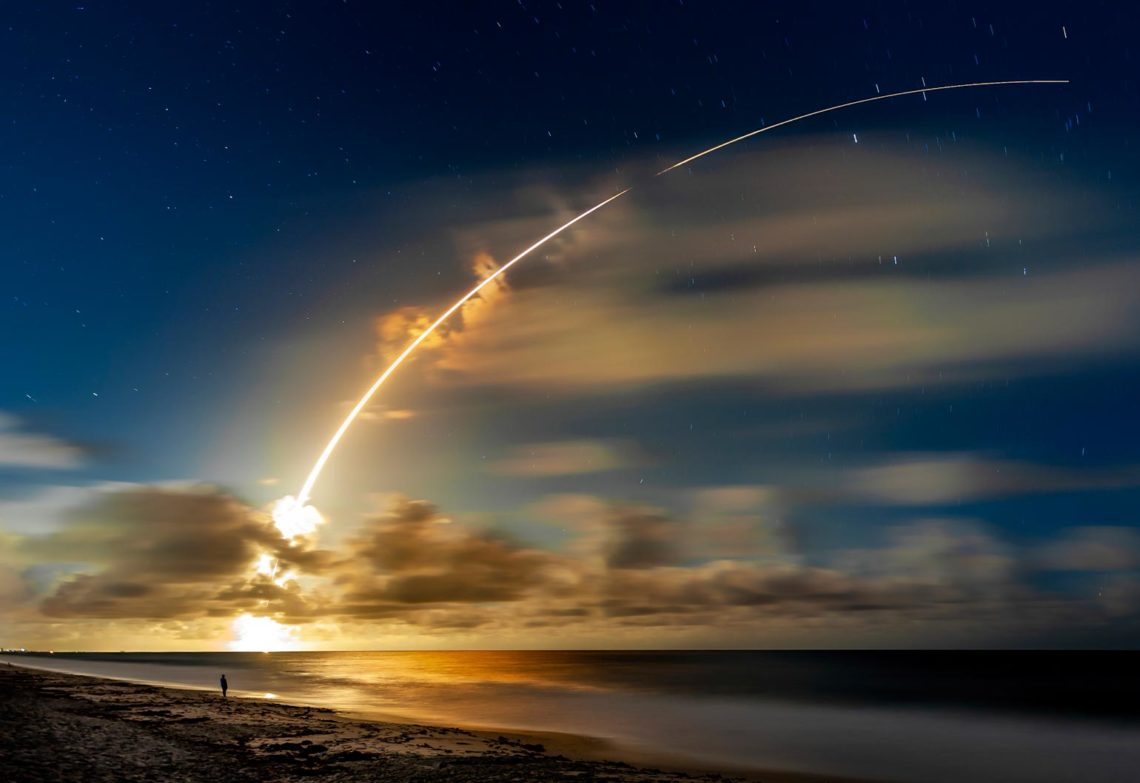Last week, NASA announced plans to ink a deal with an NT-based startup to establish a temporary spaceport in the Southern Hemisphere, with four launches planned in 2020.
NASA’s Goddard Space Flight Center will award a contract to Equatorial Launch Australia (ELA) for support services to establish a launch site in the Northern Territory.
The two possible launch windows mentioned are April to May 2020 and June to December 2020.
According to ELA CEO Carley Scott, NASA plans to use the site to launch scientific experiments on small sounding rockets. Scott said the rockets would be about 15 metres tall and spend around 15 minutes in suborbital space to collect data and conduct engineering tests. For most NASA sounding rockets, the payload will return to Earth to be collected and reused.
Scott said this was the first time NASA had agreed to launch rockets from a privately owned site.
“Essentially [it’s] a big tick and endorsement from the most significant space agency by … coming and looking at Australia [and] saying Australia’s commercial sector is ripe to work with now,” Scott told the ABC.
Australian Space Agency head Dr Megan Clark agreed, stating that NASA’s interest in conducting a sounding rocket campaign in Australia shows our region’s growing role in commercial launch activities.
The expected NASA contract follows ELA’s announcement in February of their first US-based customer, small satellite launch company TriSept Corporation.
Geographical advantage
In February, ELA secured a 40 year lease from the Northern Land Council to establish Australia’s first commercial spaceport in Arnhem Land, near the town of Nhulunbuy (about 640 km east of Darwin).
The site is 12 degrees from the equator, which is key to its appeal. The Earth’s rotational speed is highest close to the equator, which can be leveraged by launch vehicles to carry heavier payloads than they could at greater latitudes, Scott explained in a statement.There are also other advantages.
“Facing eastward, there are low-risk profiles, so a lower population base, lower infrastructure nearby and lower trade nearby … which means there are more opportunities to launch more often and in more directions,” she said.
The NT Government is keen to capitalise on its geographical gifts. It states in its Territory Space Industry 2020 report that it will support ELA to establish its spaceport in Arnhem Land, as well as mapping existing territory space industry capabilities and identifying national capability gaps that might present further opportunities.
Other sites in Australia are also in a promising location for future launches. Adam Gilmour, CEO of Queensland-based Gilmour Space Technologies, is also aiming for its first commercial launch next year, using a mobile launch site.
Gilmour told create in February that while he was discussing several locations with the Queensland State Government, he favoured Bowen, which is exactly 20 degrees south of the equator.




Always the most logical place to have a launch facility.
By locating it as close to the equator as possible you use the earth’s rotation to help get the rocket launched. Remember, if you send a rocket straight up, it will come straight back down.
This is why it was very curious indeed to hear suggestions that they would use something in South Australia.